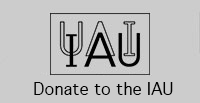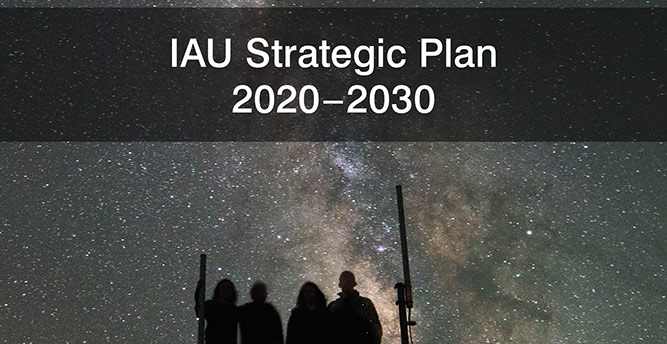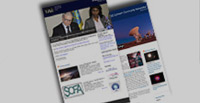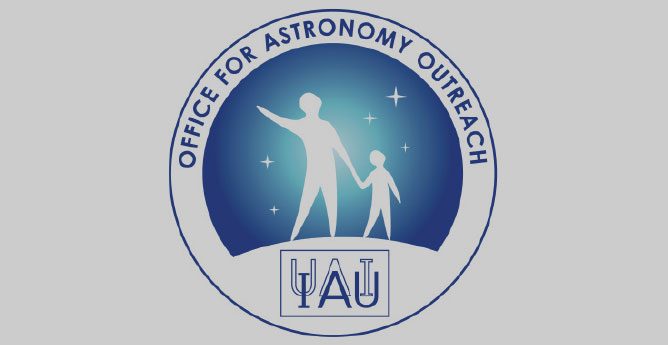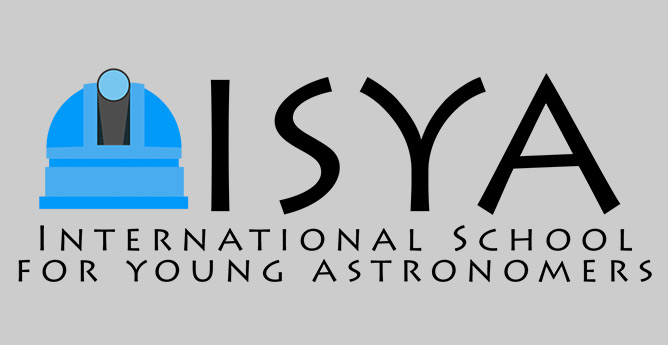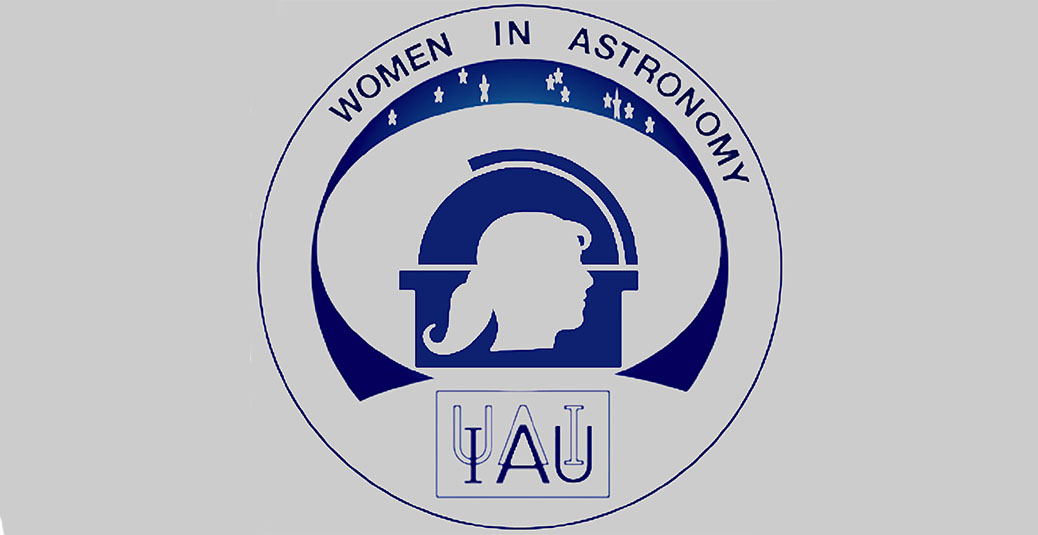- News
- Science
- Scientific Bodies
- Divisions
- Commissions
- Commission A1 Structure
- Commission A2 Structure
- Commission A3 Structure
- Commission A4 Structure
- Commission B1 Structure
- Commission B2 Structure
- Commission B3 Structure
- Commission B4 Structure
- Commission B5 Structure
- Commission B6 Structure
- Commission B7 Structure
- Commission C1 Structure
- Commission C2 Structure
- Commission C3 Structure
- Commission C4 Structure
- Commission C5 Structure
- Commission D1 Structure
- Commission E1 Structure
- Commission E2 Structure
- Commission E3 Structure
- Commission E4 Structure
- Commission F1 Structure
- Commission F2 Structure
- Commission F3 Structure
- Commission F4 Structure
- Commission G1 Structure
- Commission G2 Structure
- Commission G3 Structure
- Commission G4 Structure
- Commission G5 Structure
- Commission H1 Structure
- Commission H2 Structure
- Commission H3 Structure
- Commission H4 Structure
- Commission J1 Structure
- Commission J2 Structure
- Commission J3 Structure
- Commission X1 Structure
- Commission X2 Structure
- Past Commission Organising Committees
- Working Groups
- Centres
- Scientific Meetings
- Rules & Guidelines
- General Assemblies
- Meeting Proposals
- Future IAU Meetings
- General Assemblies
- EC Meetings
- Officers' Meetings
- Regional Meetings
- Symposia
- Focus Meetings
- Institutional Meetings
- IAU Offices Meetings
- IAU-Sponsored Meetings
- Letters of Intent submitted for 2024
- Letters of Intent submitted for 2023
- Letters of Intent submitted for 2022
- Letters of Intent submitted for 2021
- Letters of Intent submitted for 2020
- Past IAU Meetings
- Templates
- Other Meetings
- Grants & Prizes
- Scientific Bodies
- Publications
- IAU Publications
- IAU Strategic Plan
- Symposia
- WGSBN Bulletins
- Regional Meetings
- Information Bulletins/Catalyst
- E-Newsletters
- Focus Meetings
- Transactions A
- Transactions B
- Related Publications
- GA Newspapers
- CAPjournal
- IAU Books
- Brochures
- IAU Offices
- WG Reports
- Commission Reports
- Division Reports
- Past IAU Publications
- Rules, Guidelines and Instructions for Proceedings
- Publishers
- IAU Publications
- Administration
- About the IAU
- Statutes & Rules
- IAU Policies
- IAU Executive Bodies
- IAU Secretariat
- Resolutions
- Members Administration
- Administrative Dates & Deadlines
- International Organisations Relations
- Donate to the IAU
- Training in Astronomy
- Astronomy for Education
- Astronomy for Development
- Astronomy for the Public
- Office for Astronomy Outreach
- FAQ
- Themes
- Satellite Constellations
- Astronomy in Everyday Life
- How to Report a Discovery
- Careers in Astronomy
- Defining our Place in the Cosmos
- The Constellations
- Light Pollution
- Measuring the Universe
- Near Earth Objects
- How to Participate in Astronomy Research
- Naming of Astronomical Objects
- Naming of Exoplanets
- Buying Star Names
- Naming Stars
- Pluto and the Solar System
- IAU Member Statistics
- Our Moon: the Moon
- Meteors & Meteorites: The IAU Definitions of Meteor Terms
- UNESCO-IAU Portal to the Heritage of Astronomy
- Social Media
- Past Events
- Call for Online Resources
- Astronomy@Home Awards
- Contact
IAU Symposia
IAUS 321: Formation and evolution of galaxy outskirts
Start date/time
March 14, 2016
End date/time
March 18, 2016
Place
Toledo,
Spain
Contact
Armando Gil de Paz
agil@fis.ucm.es
Coordinating Division
Division J Galaxies and Cosmology
| Co-Chairs of SOC: | Janice Lee (STScI) |
| Lisa Kewley (ANU) | |
| Jin Koda (Stonybrook) | |
| Cláudia Mendes de Oliveira (U. Sao Paulo) | |
|
Armando Gil de Paz (U. Complutense)
|
|
| Co-Chairs of LOC: | África Castillo Morales (U. Complutense) |
| Jesús Gallego (U. Complutense) | |
| Armando Gil de Paz (U. Complutense) | |
| Pablo G. Pérez-González (U. Complutense) | |
| Patricia Sánchez-Blázquez (U. Autónoma de Madrid) |
Topics
Galaxy Evolution
Outskirts of galaxies
Resolved stellar populations
Galaxies: Nearby galaxies
Galaxies: High redshift galaxies
Techniques: Numerical simulations
Techniques: Imaging
Techniques: Spectroscopy
Website
http://galaxyoutskirts.org
Rationale
The evolution of galaxies within their so-called optical radius appears to have been dominated by well-known internal secular processes and star formation recipes at least in the last few Gyr. Their outer parts, however, are more susceptible to other processes such as accretion of satellite stars or halo gas or even (internal) stellar migration, all of which could competitively drive their photometric, chemical, and dynamical evolution. These processes determine how and how much gas and angular momentum are accreted, which are also key input parameters for modeling and understanding internal secular evolution, and allow addressing many fundamental open questions on the evolution of the Universe such as: How relevant is cold accretion as a function of halo mass? How does the (chemical) feedback to the galaxy haloes evolve with redshift and how does relate with the abundances measured in DLAs? How does star formation (triggering mechanisms, IMF) occur at low densities or low metallicities? Does stellar migration and satellite accretion significantly affect the dynamical conditions and effective star formation history of galaxies at any radii?
Major recent discoveries in the study of the outer parts of galaxies, many of which are only the tip of the iceberg of all the information that these regions contain to solve the aforementioned key questions, include (1) the discovery of extended UV (and Hα) emission in disk galaxies, (2) the potential role of stellar radial migration in rearranging material, (3) the presence of positive color profiles in outer disks, (4) recent evidence for cold accretion in dwarf galaxies, (5) the radial variation of the low-mass end of the IMF in elliptical galaxies. All these new results are still only partly understood and disconnected, but represent the beginning of an entire new field of exploration, a new frontier.
The study of the outskirts of galaxies has been traditionally limited either by the low surface brightness of these regions, which restricted their study to broad-band imaging, or to the small volume where single-star photometric and spectroscopic studies (which are not limited by surface brightness) could be carried out. New imaging surveys, ranging from small, dedicated telescopes such as the Dragonfly array to large facilities, in particular LSST, will lead to enormous progress. The availability of 30m-class telescopes in the next decade will allow extending single-star spectroscopic studies by a factor of x100 in volume and, combined with the use of new-generation Integral Field Units, also carrying out low-surface-brightness spectroscopy at several effective radii. Among other things, ELTs will allow using chemical-tagging techniques in the outer parts of the nearest galaxy disks and ellipticals. Besides, JWST will soon allow us to dramatically extend, both in redshift and effective radius, any present-day effort devoted to the study of the growth of galaxies using either imaging (e.g. with WFC3 at HST) or spectroscopy (e.g. SINFONI and KMOS at VLT).
Only 2 years before the planned launch date for JWST and 4 years before the first ELTs plan to see first light, this symposium will provide a perfect timing for (1) getting the clearest and widest view possible on the state-of-the-art of our understanding of outer-galaxy evolution and (2) designing an ambitious plan to best optimize the use of these coming facilities.
This symposium will address the term 'galaxy evolution' from the three points of view originally envisioned by Beatrice Tinsley: (spectro-)photometric, chemical and dynamical. Besides, by devoting a fraction of the symposium sessions to the most recent results coming from single-star imaging and spectroscopic studies, a major workhorse in these sparse, low-background regions, we will set the limits to what we can learn (and what we cannot) when analyzing more distant systems.
The format of the symposium includes a number of 1h-long review talks (no more than two per day) and 20min-long invited and contributed talks. In the afternoon there will be a very limited number of talks followed by (1) 1.5h-long thematic poster sessions where the leading author will be strongly encouraged to be present (similar to what is done in the AAS or SPIE meetings) and (2) round tables. These round tables are expected to work as brainstorming sessions where experts on different fields (both theoretical and observational) will discuss on our current limitations in the understanding of outer-galaxy evolution and (hopefully) will come up with ideas to overcome those limitations using new facilities. The symposium will last for an entire week (Monday through Friday) with a possible free evening on Wednesday. We will make use of the facilities provided by the Universidad Complutense de Madrid (see the online catalog of UCM facilities at https://www.ucm.es/gespacios), the largest university in Spain (second in Europe) with roughly 80,000 students and 6,000 assistant, associate and full professors. One attractive location for the meeting to be held is the town of San Lorenzo de El Escorial, 30 miles northwest of Madrid, where the UCM Summer Courses are celebrated and that is home of the breathtaking El Escorial Monastery, the largest 16th century building in the world.
We will carry out an intensive outreach program addressed to students (from the large UCM community and other universities in Madrid) and to the general public, including a public talk on "extragalactic suburbia" on Wednesday evening.
The sketch of the planned sessions for the Symposium would be the following:
Monday
09:30 - 11:30 Resolved stellar populations (RSP) in galaxy outskirts (I)
09:30 - 10:30 Review talk
10:30 - 11:30 Invited (including Gaia's First DR on the LMC/SMC?)
& contributed talks on RSP
11:30 - 12:00 Coffee break
12:00 - 13:30 Resolved stellar populations (RSP) in galaxy outskirts (II)
12:00 - 13:30 Invited & contributed talks on RSP
13:30 - 15:00 Lunch
15:00 - 18:00 Resolved stellar populations in galaxy outskirts (III)
15:00 - 16:30 Round table on RSP
16:30 - 18:00 Poster session on RSP & MOD + Coffee break
In case of high demand for contributed talks on RSP we would have a 3rd session on Tuesday morning and the MOD and NGS sessions (see below) will then shift, so the NGS sessions would occupy the free Wednesday evening mentioned below.
Tuesday
09:30 - 11:30 Modeling the outskirts of galaxies (MOD) (I)
09:30 - 10:30 Review talk (Cosmological-context simulations of individual galaxies)
10:30 - 11:30 Review talk (Stellar migration and idealized models of galaxy disks)
11:30 - 12:00 Coffee break
12:00 - 13:30 Modeling the outskirts of galaxies (II)
12:00 - 13:30 Invited and contributed talks on MOD
13:30 - 15:00 Lunch
15:00 - 18:00 Modeling the outskirts of galaxies (III)
15:00 - 16:30 Round table on MOD: Current limitations and next steps
16:30 - 18:00 Poster session on RSP & MOD + Coffee break
(After the poster session RSP & MOD posters should be removed)
Wednesday
09:30 - 11:30 Outskirts of nearby galaxies (NGS) (I)
09:30 - 10:30 Review talk (Observations of the outskirts of spiral galaxies)
10:30 - 11:30 Review talk (Observations of the outskirts of ETGs)
11:30 - 12:00 Coffee break
12:00 - 13:30 Outskirts of nearby galaxies (II)
12:00 - 13:30 Invited and contributed talks on NGS
13:30 - 15:00 Lunch
Free evening (NGS & DGS posters will be on display) + Public talk on "Visiting the extragalactic suburbia"
Thursday
09:30 - 11:30 Outskirts of nearby galaxies (III)
09:30 - 10:30 Review talk (Outskirts of dwarfs and environmental effects)
10:30 - 11:30 Invited and contributed talks on NGS
11:30 - 12:00 Coffee break
12:00 - 13:30 Outskirts of nearby galaxies (IV)
12:00 - 13:30 Invited and contributed talks on NGS
13:30 - 15:00 Lunch
15:00 - 18:00 Outskirts of distant galaxies (DGS) (I)
15:00 - 16:00 Review talk (Outer disks at high redshift)
16:00 - 16:40 Invited and contributed talks on DGS
16:40 - 18:00 Poster session on NGS & DGS + Coffee break
20:30 Symposium dinner
Friday
09:30 - 11:30 Outskirts of distant galaxies (II)
09:30 - 10:30 Review talk (DLAs)
10:30 - 11:30 Invited and contributed talks on DGS
11:30 - 12:00 Coffee break
12:00 - 13:30 Outskirts of distant galaxies (III)
12:00 - 13:30 Invited and contributed talks on DGS
13:30 - 15:00 Lunch
15:00 - 18:00 Outskirts of galaxies: lessons learned
15:00 - 16:30 Round table on RSP <--> NGS <--> DGS synergies and prospects for the use of new facilities
16:30 - 18:00 Poster session on NGS & DGS + Coffee break
18:00 End of meeting
Below we provide a list of astronomers from around the world that have shown interest in participating in such a symposium (names are reproduced with permission). Some of the people in this list are obvious invited speakers.
Alessandro Boselli (LAM, France), Fabio Bresolin (IfA, Hawaii, USA), Elias Brinks (Hertfordshire, UK), Daniela Calzetti (UMASS, USA), Jennifer Donovan-Meyer (NRAO, USA), Bruce Elmegreen (IBM, USA), Annette Ferguson (Edinburgh, UK), Brad Gibson (UCLAN, UK), Armando Gil de Paz (UCM, Spain), Rodrigo Ibata (Strasbourg , France), Jorge Iglesias (CSIC, Spain), Lisa Kewley (ANU, Australia), Johan Knapen (IAC, Spain), Jin Koda (Stonybrook, USA), Janice Lee (STScI, USA), Angel López Sánchez (ANU, Australia), Barry F. Madore (Carnegie Observatories, USA), Cláudia Mendes de Oliveira (Sao Paulo, Brazil), Juan Carlos Muñoz Mateos (ESO, Chile), Michael Rich (UCLA, USA), Patricia Sánchez Blázquez (UAM, Spain), Sebastián Sánchez (UNAM, Mexico), Kartik Sheth (NRAO, USA), David Thilker (JHU, USA), Ignacio Trujillo (IAC, Spain), Alexandre Vazdekis (IAC, Spain)
